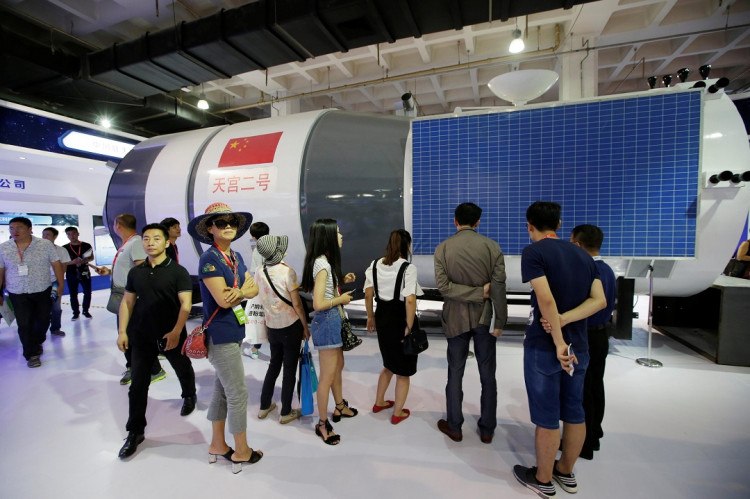China will deploy three more astronauts (Shenzou 14) to its latest space station in June after the current crew returned last weekend after a six-month stint in orbit.
The crew of Shenzhou 13 arrived in the Gobi desert in Inner Mongolia's northern section on Saturday. The Chinese astronauts landed in northern China on Saturday, finishing the country's longest crewed space mission to date, according to state broadcaster CCTV.
After six months in the Tianhe core module of China's Tiangong space station, the two men and one woman - Zhai Zhigang, Ye Guangfu, and Wang Yaping - landed safely in a small capsule soon before 10 a.m. Beijing time (02:00 GMT).
During the trip, astronaut Wang Yaping, the first Chinese woman' to do the spacewalk. Wang, commander Zhai Zhigang, and crewmate Ye Guangfu also sent high school pupils physics courses.
According to Hao Chun, director of the China Manned Space Engineering Office, the crew of the Shenzhou 14 capsule will allocate six months on the Tiangong adding two modules to the station.
The two crews, totaling six astronauts, will spend five to ten days in space together.
The Tiangong, also known as Heavenly Palace, was released in April 2021. Construction is to be completed this year.
According to Hao, the Wentian module will be released in July and the Mengtian module in October.
The Wentian and Mengtian lab modules will be visited by the Shenzhou-14 crew. They'll also work with ground control to test the two-module and three-module complexes, as well as the station's large and tiny mechanical arms and the airlock cabin's egress function in the lab modules.
For the first time, they will conduct extravehicular activities in the airlock cabin.
The two crews will conduct science outreach and other public activities, as well as to conduct in-orbit scientific research and engineering technology tests and collect flying mission data.
In addition, Huang said, they would conduct in-orbit health monitoring, safety exercises, station platform assessments and tests, in-orbit training and drills, equipment maintenance, and station and material management.
On October 15, 2003, China became the third nation to separately launch an astronaut into Earth orbit atop its own Long March 2F rocket, marking a watershed moment in human history. The country became the third country to launch a human into space, and it has been steadily growing its space program since then. Get the most up-to-date information about China's space program, launches, and missions.




